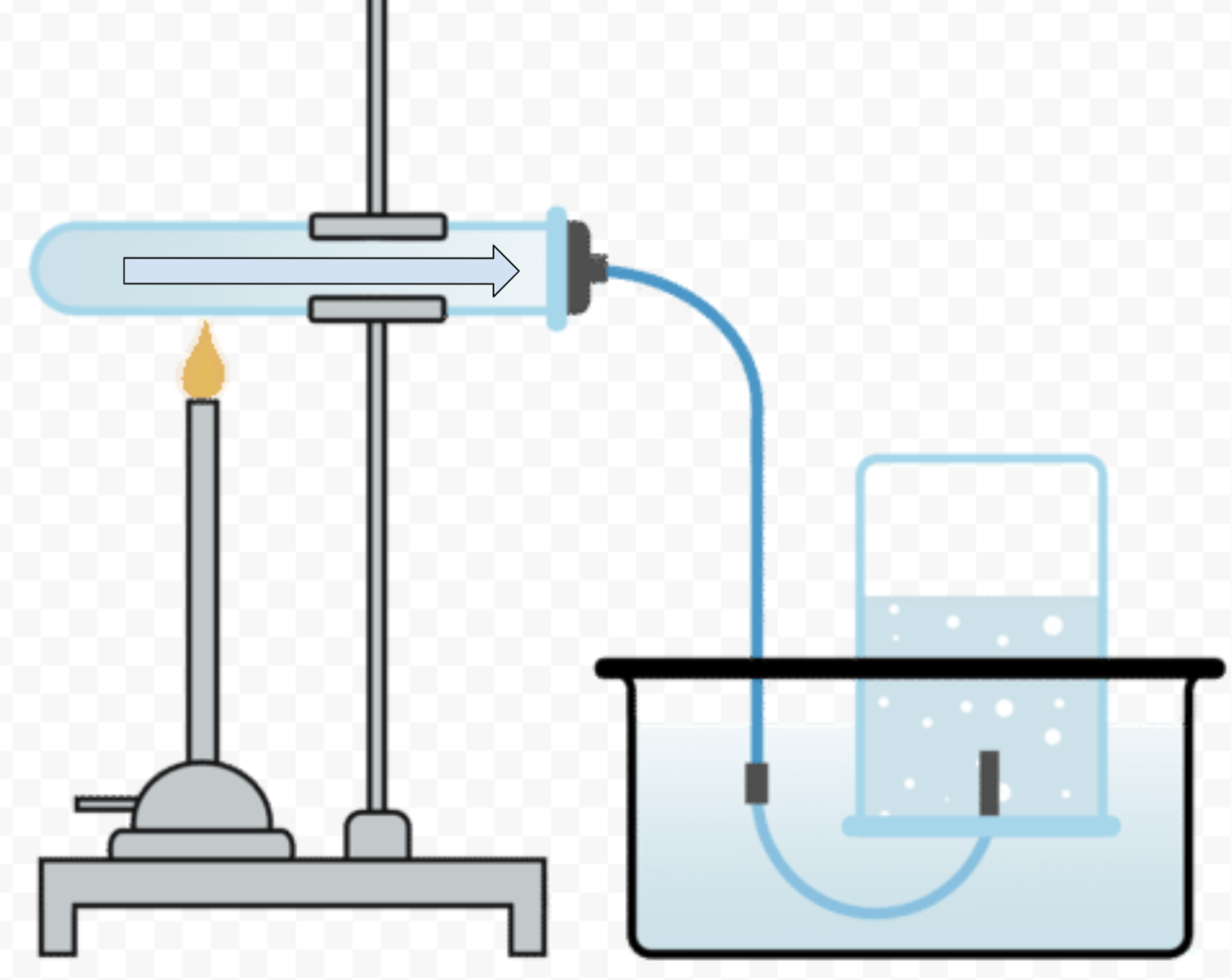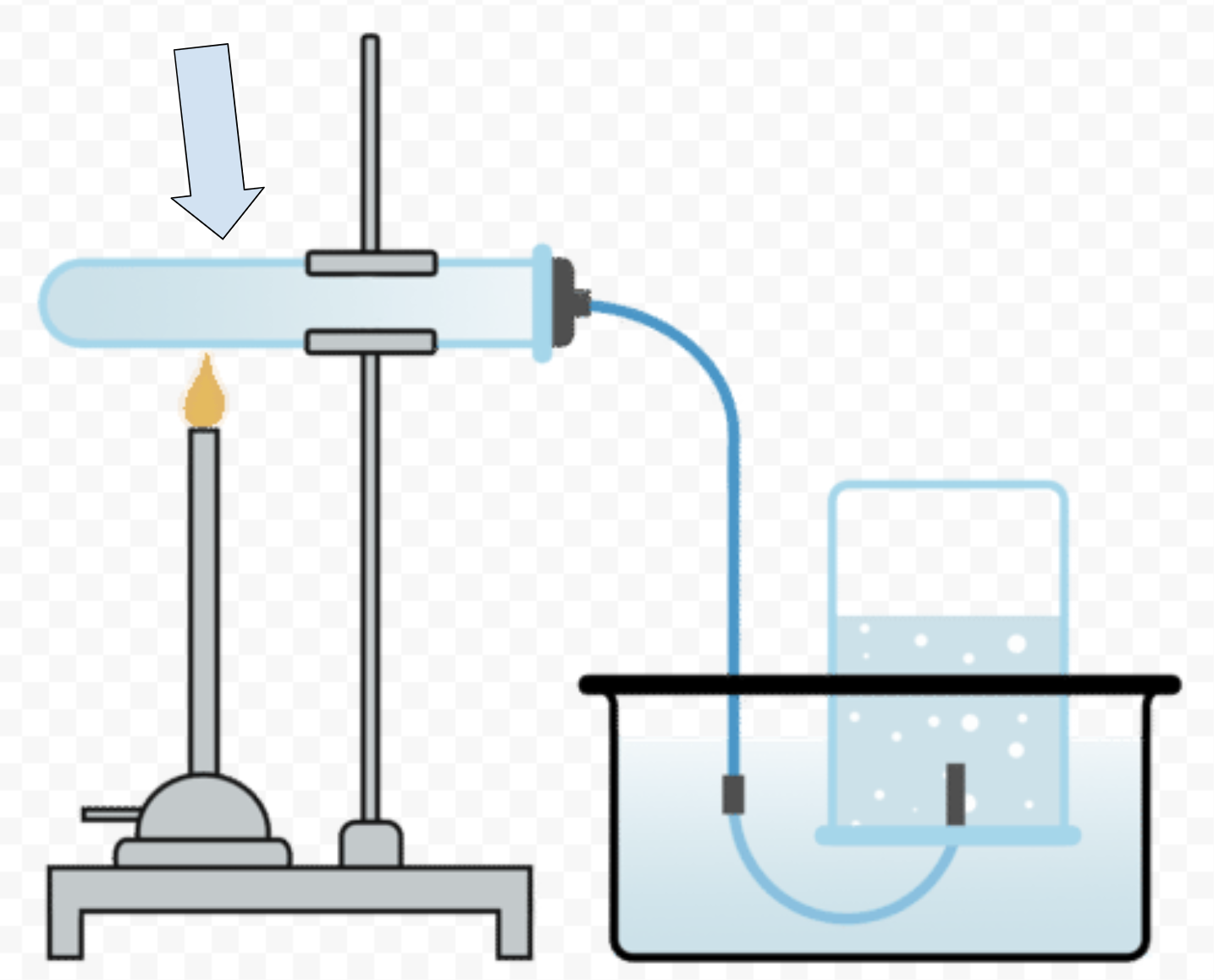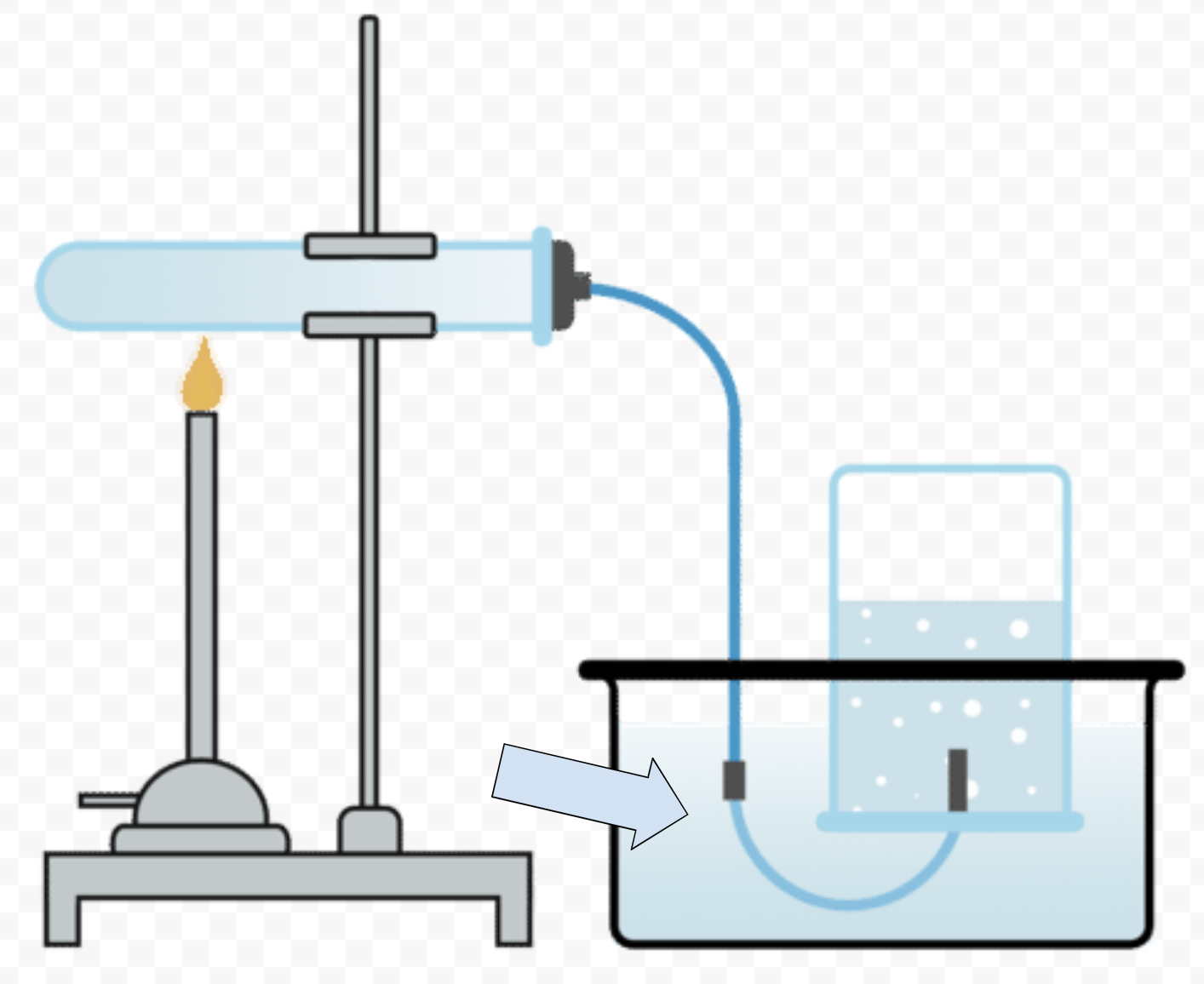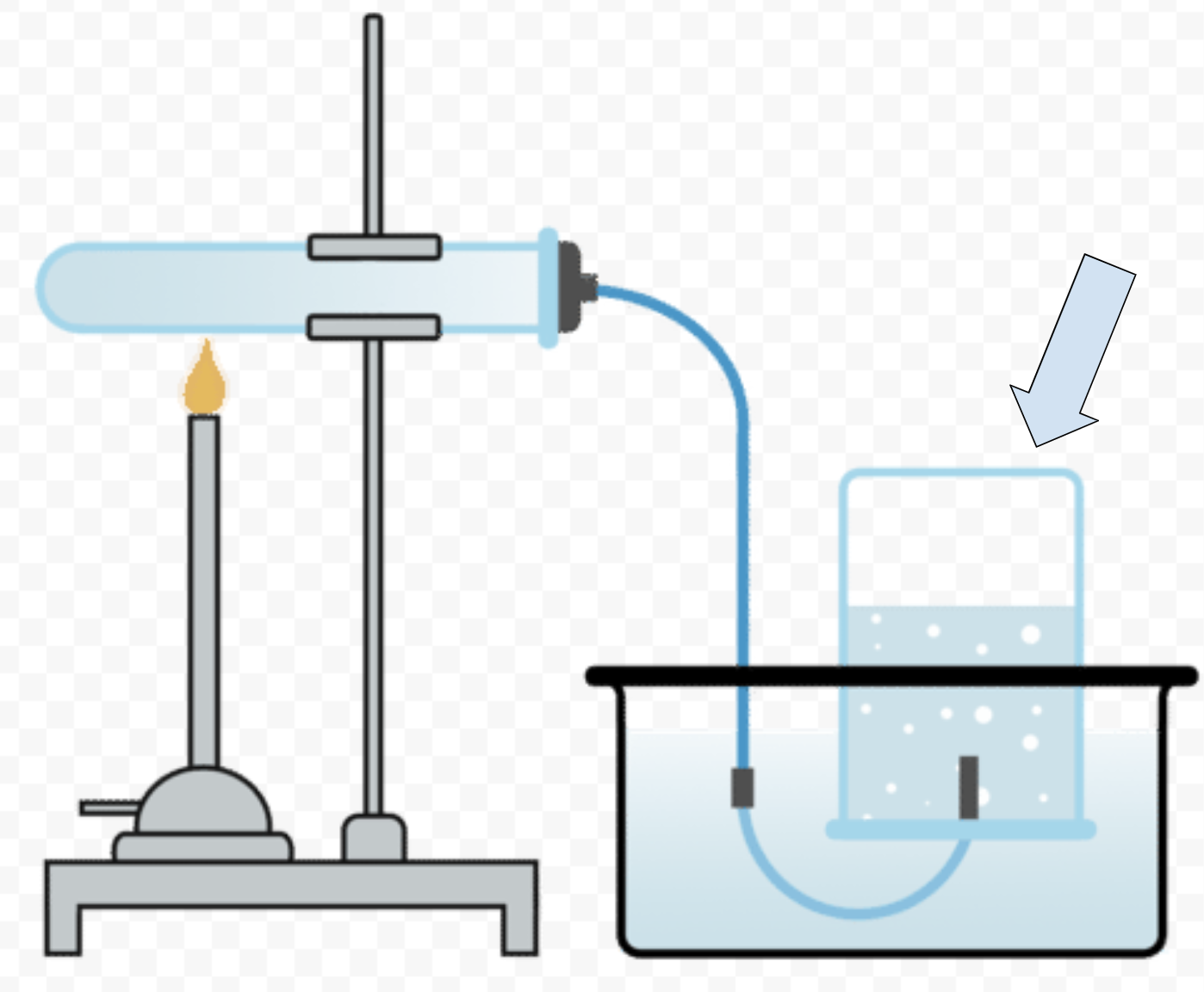3.4 Ideal Gas Law
1/34
There's no tags or description
Looks like no tags are added yet.
Name | Mastery | Learn | Test | Matching | Spaced |
|---|
No study sessions yet.
35 Terms
The macroscopic properties of ideal gases are related through the:
Ideal gas law
The ideal gas law relates the:
Macroscopic properties of ideal gases
In a sample containing a mixture of ideal gases, the pressure exerted by each component (the partial pressure) is dependent/independent of the other components
Independent
The total pressure of the sample is the:
Sum of the partial pressures
Why is the total pressure of the sample the sum of the partial pressures?
Because the pressure exerted by each component (the partial pressure) is independent of the other components
Graphical representations of the relationships between P, V, T, and n are useful to:
Describe gas behavior
______ are useful to describe gas behavior
Graphical representations of the relationships between P, V, T, and n
Gas particles are in ______ motion
Constant, random, rapid
How do gases fill their container?
Completely
How do gases fill their container completely?
By expanding
Two or more gases will form a ______ when they are combined together
Homogeneous mixture
______ will form a homogeneous mixture when they are combined together
Two or more gases
Two or more gases will form a homogeneous mixture when they are:
Combined together
Are gases compressible?
Yes
Is the volume of the gas particles themselves negligible compared to the volume occupied by the gas?
Yes
The volume of the gas particles themselves is negliglble compared to the:
Volume occupied by the gas
Collisions of gas particles are perfectly elastic/inelastic
Elastic
What does it mean to say that collisions of gas particles are perfectly elastic?
Energy is transferred but not lost during collisions
Are there attractive or repulsive forces between gas particles?
No
On the Ideal Gas Law, variables on the same side are directly/inversely proportional to each other
Inversely
On the Ideal Gas Law, variables on different sides are directly/inversely proportional to each other
Directly
How is the equation of directly proportional variables written?
X1/Y1=X2/Y2
How is the equation of inversely proportional variables written?
X1Y1=X2Y2
In the laboratory, water displacement can be used to:
Collect a sample of gas
In the laboratory, ______ can be used to collect a sample of gas
Water displacement
Water displacement is appropriate to collect a gas that:
Does not react with water or dissolve (very much) in water
List the steps of water displacement to collect gas:
Fill up a gas collection bottle with water
Invert it in a container of water
Once the gas has been collected, raise or lower the bottle so that the water level inside the bottle is the same as the water level outside the bottle
When doing water displacement to collect gas, why is it important to make the water level inside the bottle equal to the water level outside the bottle?
To ensure that the gas pressure inside the bottle is equal to the atmospheric pressure outside the bottle
When doing water displacement to collect gas, the total pressure inside the collection bottle is equal to:
The sum of the partial pressure of the gas collected and the vapor pressure of the water
Values for the vapor pressure of water at various temperatures can be found in a:
Reference table
When performing water displacement to collect gas, we can use a reference table to find the values for:
Vapor pressure of water at various temperatures

Gas

Gas delivery tube

Water

Gas collection bottle